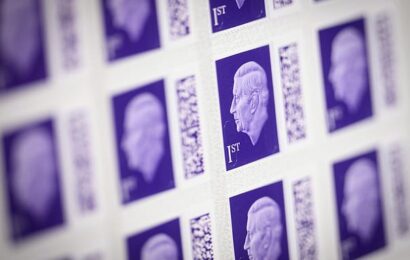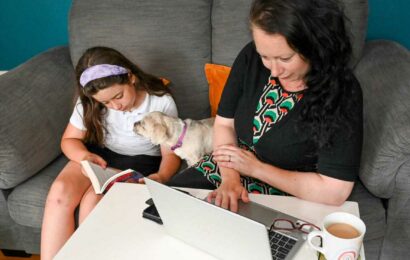Playing in Berlin’s Encounters sidebar, the French documentary “We” spins a tapestry of small moments and personal recollections, finding connections in the lives of migrants, immigrants, lovesick teens and retirees without downplaying their hardships. Among the film’s many subjects is director Alice Diop’s own family, with home movies of Diop’s late parents and footage of her sister, a nurse who treats the elderly, offering an emotional through- line.
Where did the idea for the film originate?
The idea comes from a book by a journalist who hiked along the tracks of RER B, [a commuter train] which connects Paris’ northern and southern suburbs, and which connects extremely disparate areas and social structures. In following this train line, he sort of traveled through all of French society.
I wanted to make a film in a similar way, taking the time to survey a territory without any preconceptions. I had an intimate, personal and almost political need to spend time in these different “zones” to see what this voyage, this hike, this digression, could tell something about the society in which I live.
The film opens with a striking image: a hunting party and a stag appraising each other from afar.
For me, that scene is a metaphor for the whole film! We have two worlds in each other’s presence, either looking past each other or staring from a distance, fascinated by and frightened of one another. The movie creates a kind of shell that encompasses these different worlds; though they don’t know each other, they exist alongside one another onscreen, where suddenly the borders no longer exist.
How did you to choose to arrange the standalone vignettes?
It was very important for me to explore ideological or political discourses through editing and montage. Juxtaposing moments that seemingly have nothing to do with each other — like, for example, the scene where Louis XVI’s last will and testament is read out in a cathedral, which precedes the last images I have of my father — is a way for me to say that the memory of my father is as essential as the legacy of a king.
Societies and civilizations are made up of those juxtapositions, and it’s just as important to remember those with little means — the people history tends to forget.
Death hovers just out of frame — you share the last images of your parents, letters from teenage Holocaust victims and mention in the end credits that many of the film’s interviewees have since passed on.
This film was made to remedy the passing of those that were never seen. The idea was to offer a testament to all these people, to prevent them from dying like my parents did: that is, without having been captured, without having their lives told. The need for these faces and histories to be remembered — for these people to exist — is an obsession of mine and informs all of all my work.
Why did you choose, in certain places, to appear in front of the camera?
I didn’t want the film to be a succession of collages. I feel like the film holds up and has meaning because I dare to appear in it, a first for me. Otherwise it would have been a distanced, sociological portrait with no anchoring. Hearing my voice, and then seeing my body gives the film another resonance.
How so?
I found it quite symbolic. It adds charge, seeing this young Black woman from here, meeting with these older white people from there, seeing these different bodies interact in the same frame. These people welcomed me. However politically or sociologically or even symbolically distant we may be, they still welcomed me. For me it is the meeting between two trajectories, two poles of French society, and two narratives.
Read More About:
Source: Read Full Article







